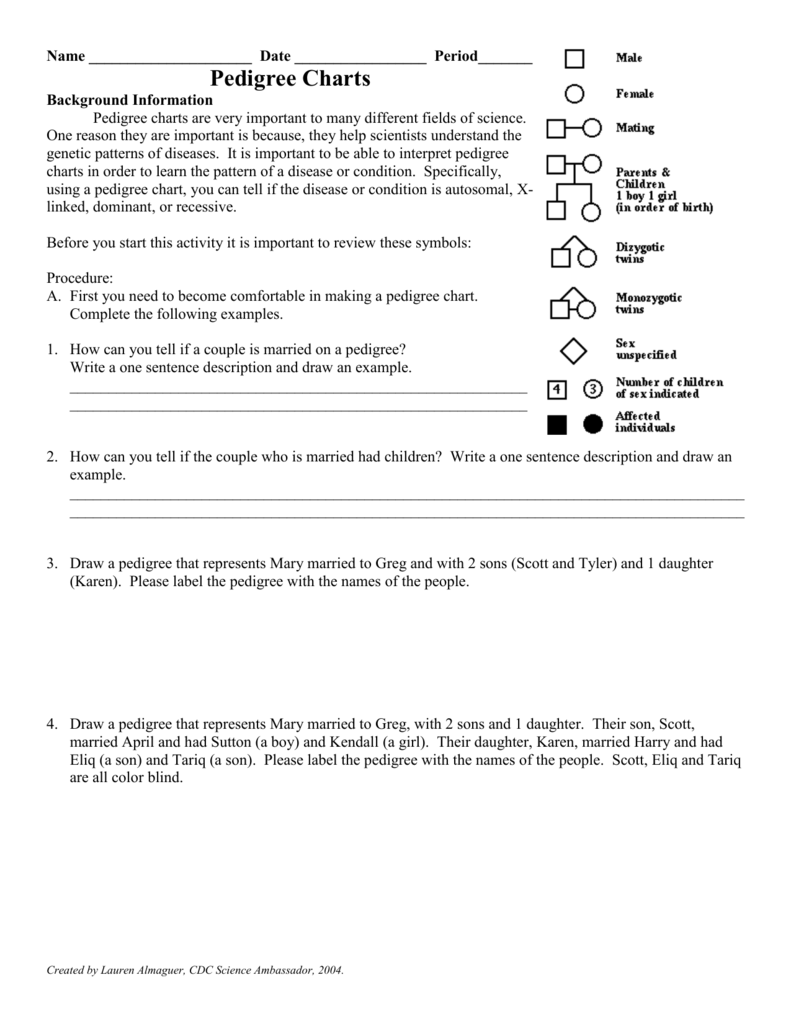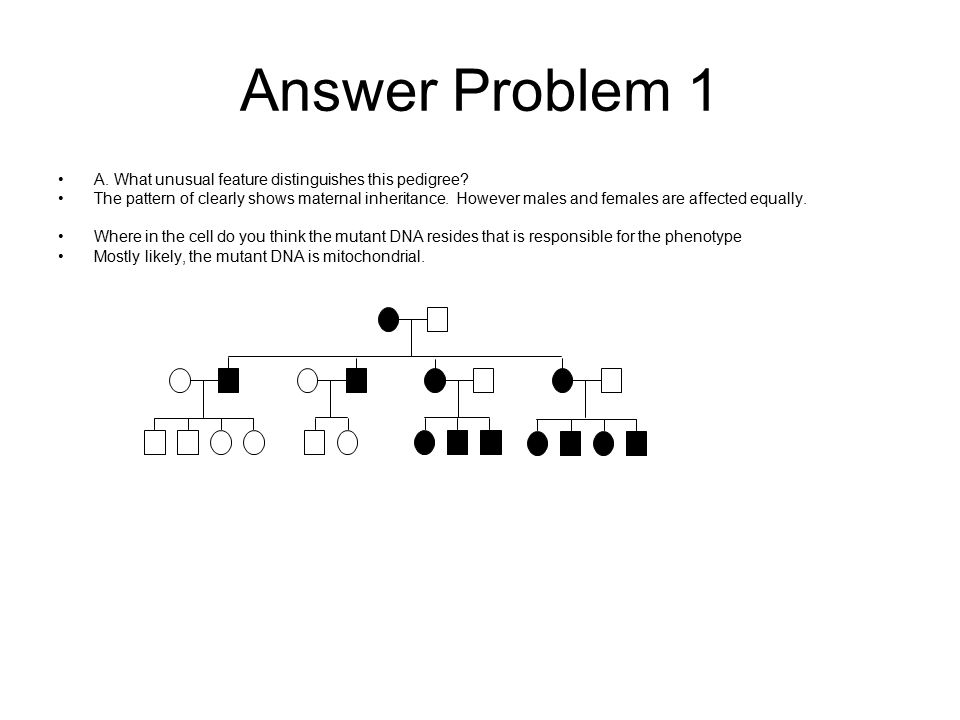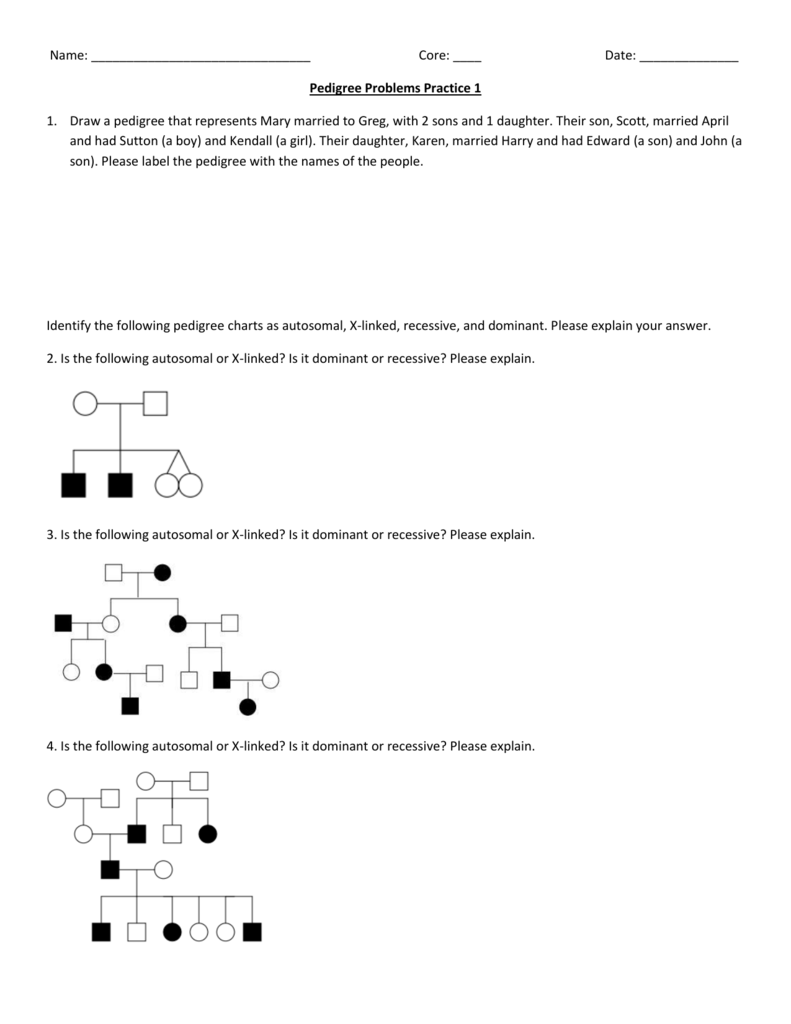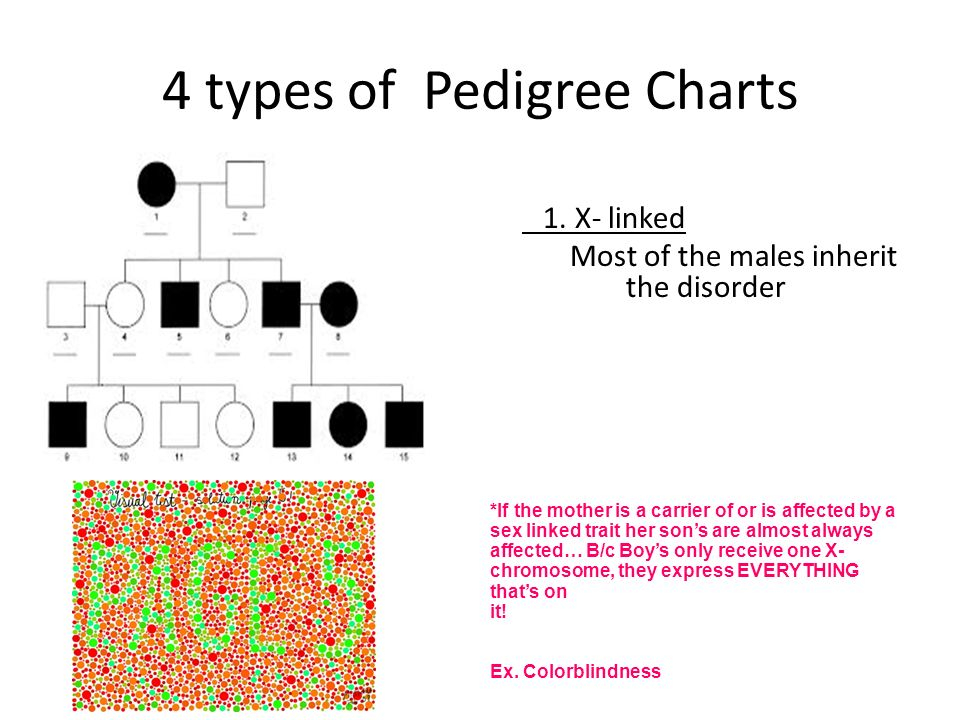Muscular Dystrophy Pedigree Chart Answer Key
Muscular Dystrophy Pedigree Chart Answer Key: Understanding the Inheritance Pattern
Muscular dystrophy is a group of genetic disorders that cause progressive muscle weakness and loss of muscle mass. Understanding the inheritance pattern of muscular dystrophy is crucial for genetic counseling and early diagnosis. One of the tools used to study the inheritance of genetic disorders is a pedigree chart. In this article, we will explore the key elements of a muscular dystrophy pedigree chart and provide an answer key to help you interpret the information accurately.
Pedigree Chart Basics:
A pedigree chart is a visual representation of a family’s genetic history. It shows the relationships between family members and indicates the presence or absence of a specific trait or disorder. In the case of muscular dystrophy, the chart may include symbols that represent affected individuals (those with the disorder) and unaffected individuals (those without the disorder). The chart also includes information about the mode of inheritance, such as autosomal dominant, autosomal recessive, or X-linked inheritance.
Interpreting a Muscular Dystrophy Pedigree Chart:
To interpret a muscular dystrophy pedigree chart, it is essential to understand the inheritance pattern of the disorder. Muscular dystrophy can be inherited in different ways, depending on the specific type of the disorder. For example, Duchenne muscular dystrophy is an X-linked recessive disorder, meaning that it primarily affects males and is passed from carrier females to their sons. On the other hand, Becker muscular dystrophy is also an X-linked disorder but follows a milder course of progression.
Answer Key for Muscular Dystrophy Pedigree Chart:
1. Square symbols represent males, while circular symbols represent females.
2. Filled symbols indicate individuals affected by muscular dystrophy, while unfilled symbols represent unaffected individuals.
3. An arrow pointing to a symbol indicates the proband, or the individual who first came to medical attention with the disorder.
4. Consanguinity (marriage between blood relatives) is indicated by a double line connecting the related individuals.
5. Generation numbers are typically denoted by Roman numerals (I, II, III), while individuals within each generation are numbered sequentially.
In conclusion, understanding the inheritance pattern of muscular dystrophy and being able to interpret a pedigree chart accurately are essential for genetic counseling and diagnosis. By following the key elements outlined in this article, you can confidently analyze a muscular dystrophy pedigree chart and gain valuable insights into the genetic history of the disorder within a family.
Download Muscular Dystrophy Pedigree Chart Answer Key
Muscular Dystrophy Pedigree Chart Answer Key Keski
Muscular Dystrophy Pedigree Chart Answer Key Keski
Muscular Dystrophy Pedigree Chart Answer Key Keski
Muscular Dystrophy Pedigree Chart Answer Key Keski




